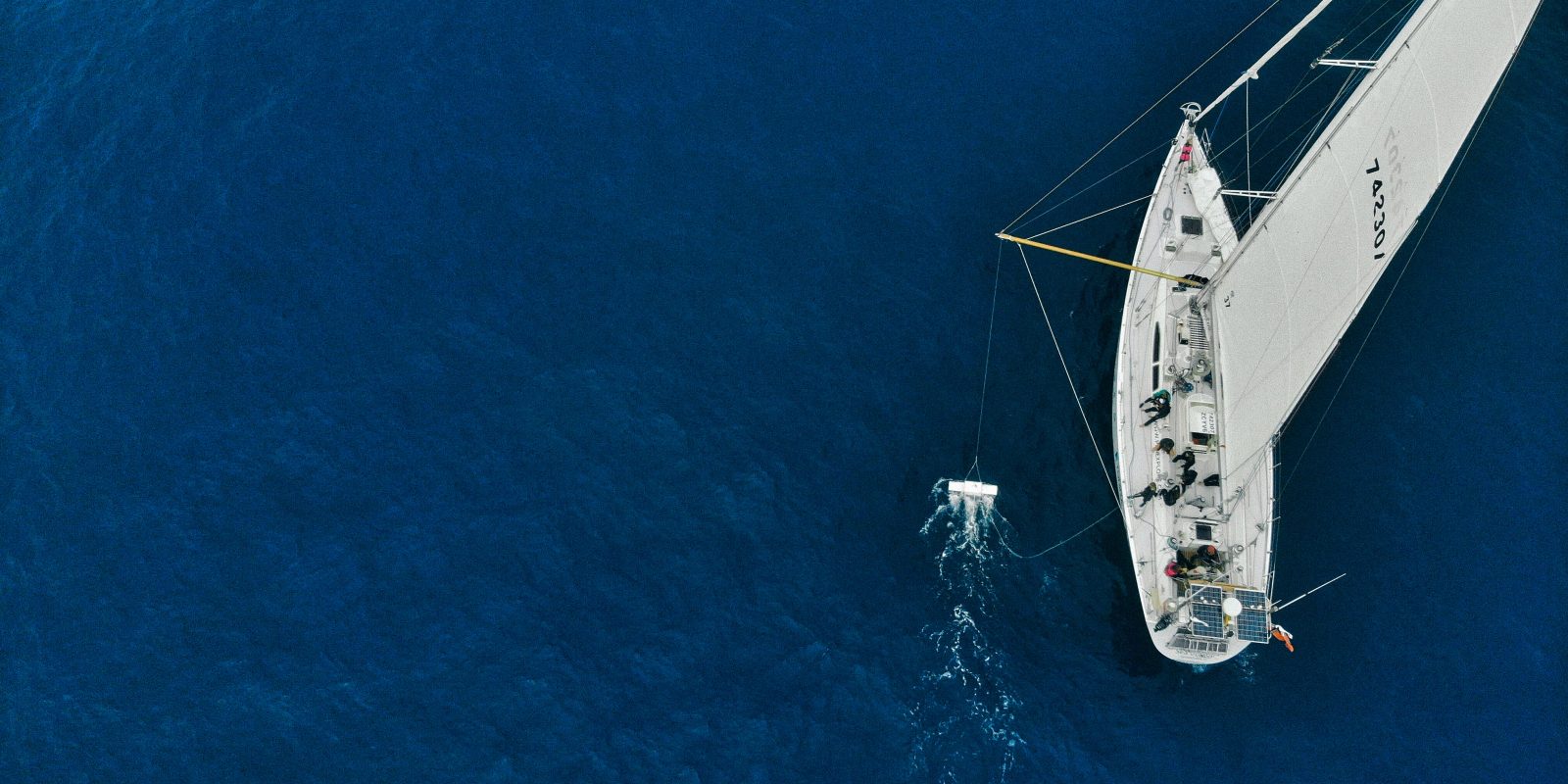eXXpedition North Pacific crew member, designer and photographer Nikkey Dawn shares the experience of visiting the Broken Islands…
“We woke up to find the Sea Dragon once again in the middle of the mist, the Broken Islands surrounding us barely visible. After a quick breakfast Ana shuttled us over to Benson Island in the dingy.
We were welcomed by the Beach Keepers, Hank and Aaron, of the Tseshaht First Nation in the form of a traditional welcome song. Hank shared stories for the Tseshaht oral history including the creation of their people, how the islands were formed and how their Nation got their name. We were all rapt in attention as he painted the colourful history for us standing beside the carving of Naasiya’atu, the first male of their people.
An archeological dig proved the islands and the site of C’issa had been inhabited by the Tseshaht Nation for at least 5000 years. The rolling green hills surrounding us were built up over ye ars of discarded shells. Now, giant sitka trees shoot skyward and the trees are almost completely draped in lichen, an indicator of clean air. We were told the island while not inhabited by people anymore it is home to wolves, occasional black bear, snakes and more.
The Beach Keepers thanked us for the work we were about to do and invited us back to share stories in the future. We received a briefing from Karla of Ucluelet Marie Debris Program and she explained the impact of the Japanese tsunami. Since the tsunami there has been a multi-organisation effort to clean up the windward shorelines and reduce the negative impact of all of the washed up debris. The beach we were headed to hadn’t been cleaned in 4 years so we had no idea know what to expect.
A short bushwhack later we made it to the other side of the island to be greeted by dramatic wind blown trees, a driftwood beach and rock y coastal outcroppings. Karla explained a lot of the debris ends up in the logs, up in the long grass and trees via powerful waves and wind. Gloves on and bags grabbed we set off in search of any non organic materials.
Sytrofroam was prevalent in all sizes, alarmingly embedded into the plant life and broken up throughout the pebbles. Buoys and plastics bottles were also a major find with 26 total each. The plastic bottles came from at least 5 different countries, including Canada. The languages we could identify on the bottles looked Asian, Russian and possibly Italian. It is hard to say how they all ended up along these shores whether it be from tsunami, fishing boats or tour groups.
One thing we do know is that if you use single use plastic, you can never be sure where it will end up.”
This update from Sea Dragon is made possible by Iridium Communications, the only mobile voice and data satellite communications network that spans the entire globe.
The North Pacific Crew will be sending us daily updates from Sea Dragon, which will be posted here on the eXXpedition website. You will also be able to see updates from the crew and ground team throughout North Pacific on Twitter, Facebook and Instagram.
Curious about where Sea Dragon is RIGHT NOW? Click here to see exactly where she is!

